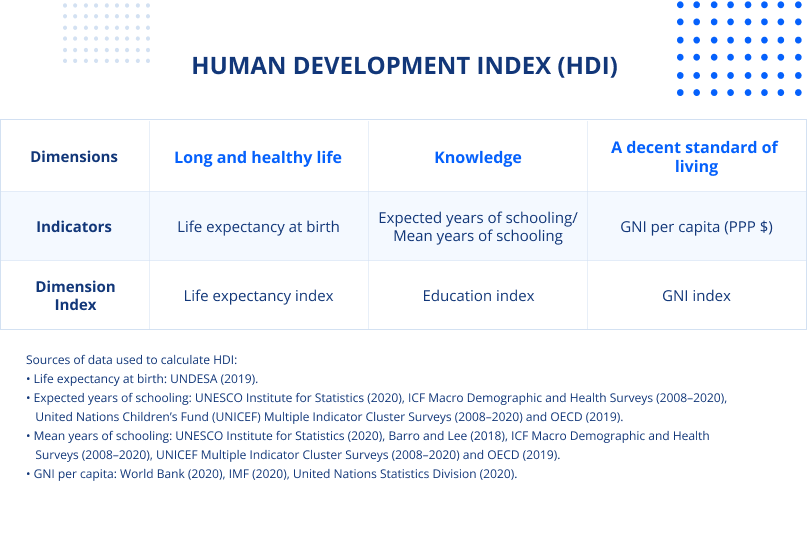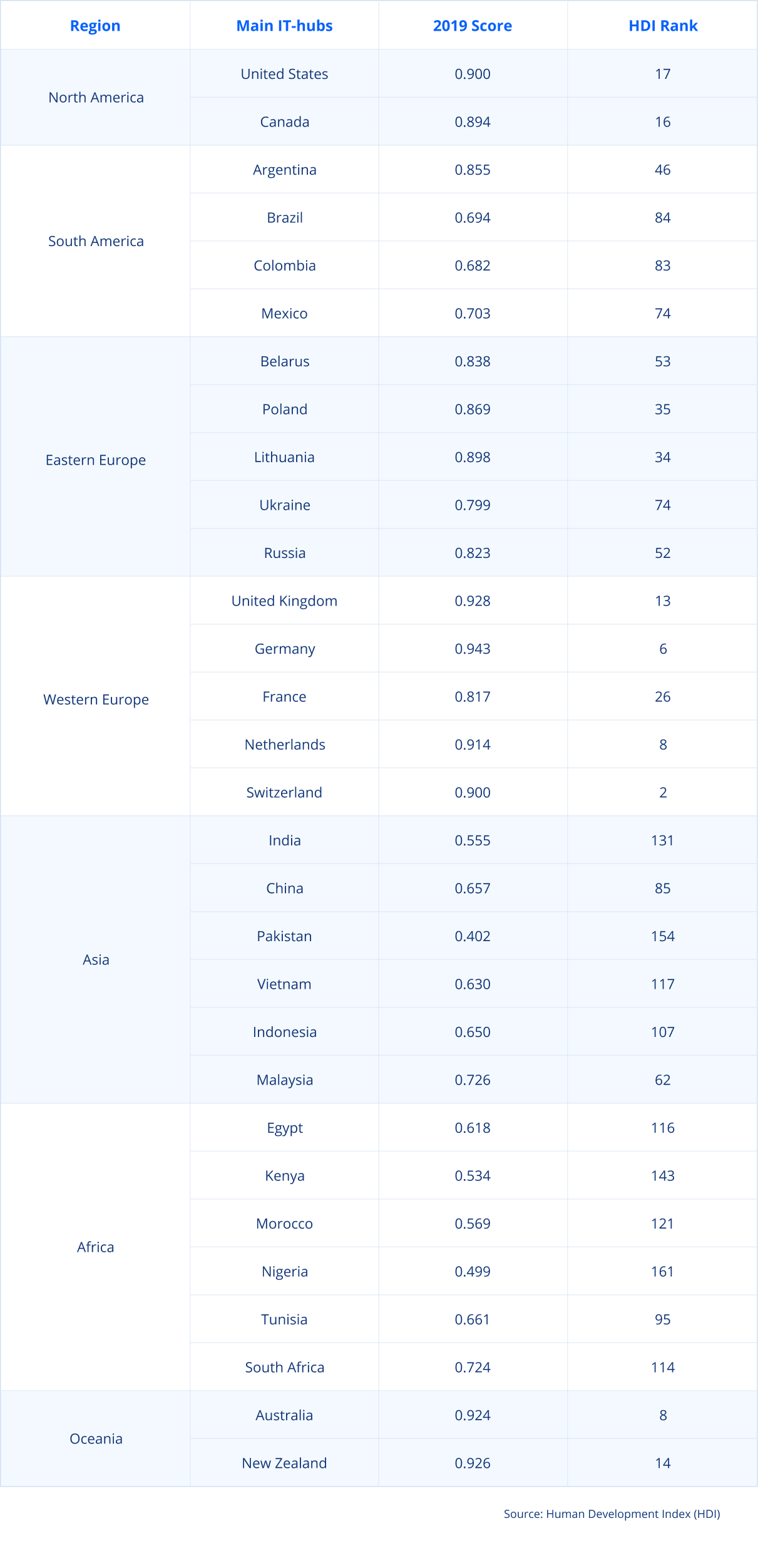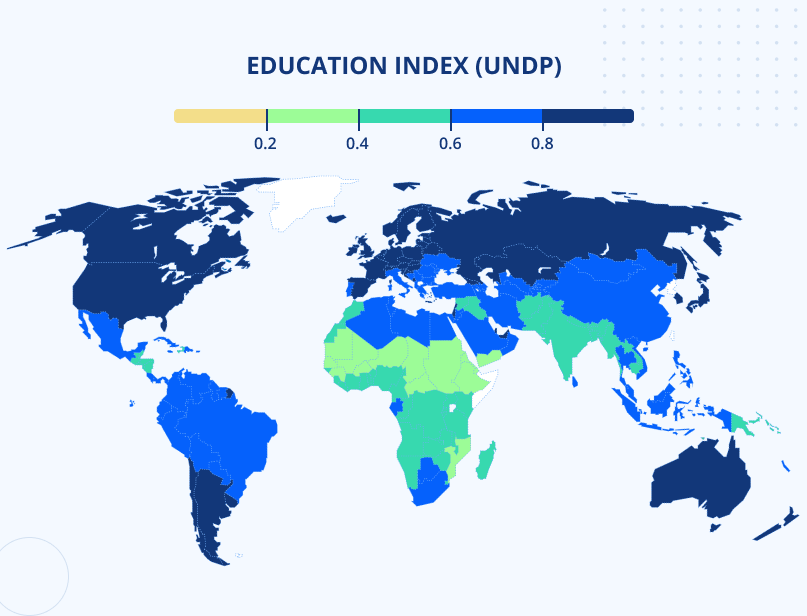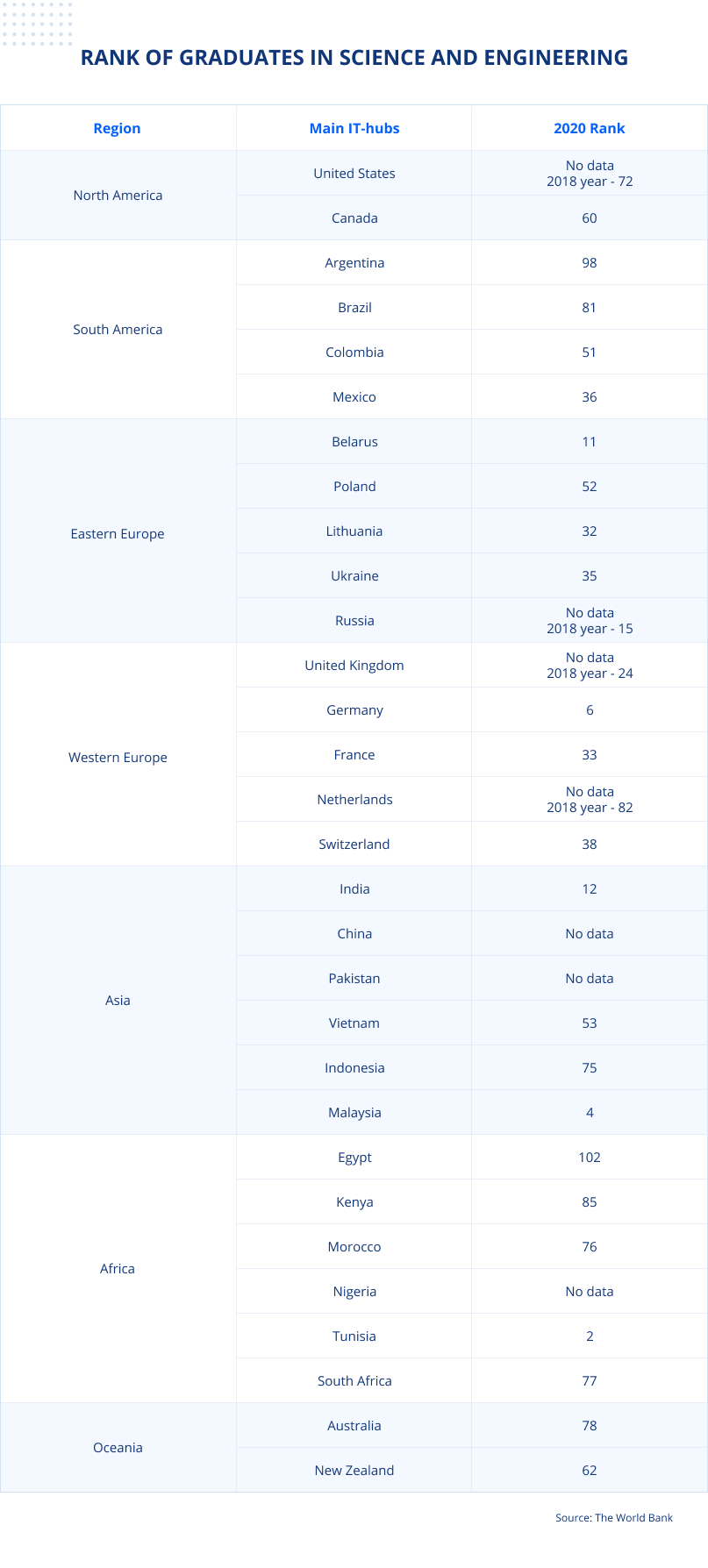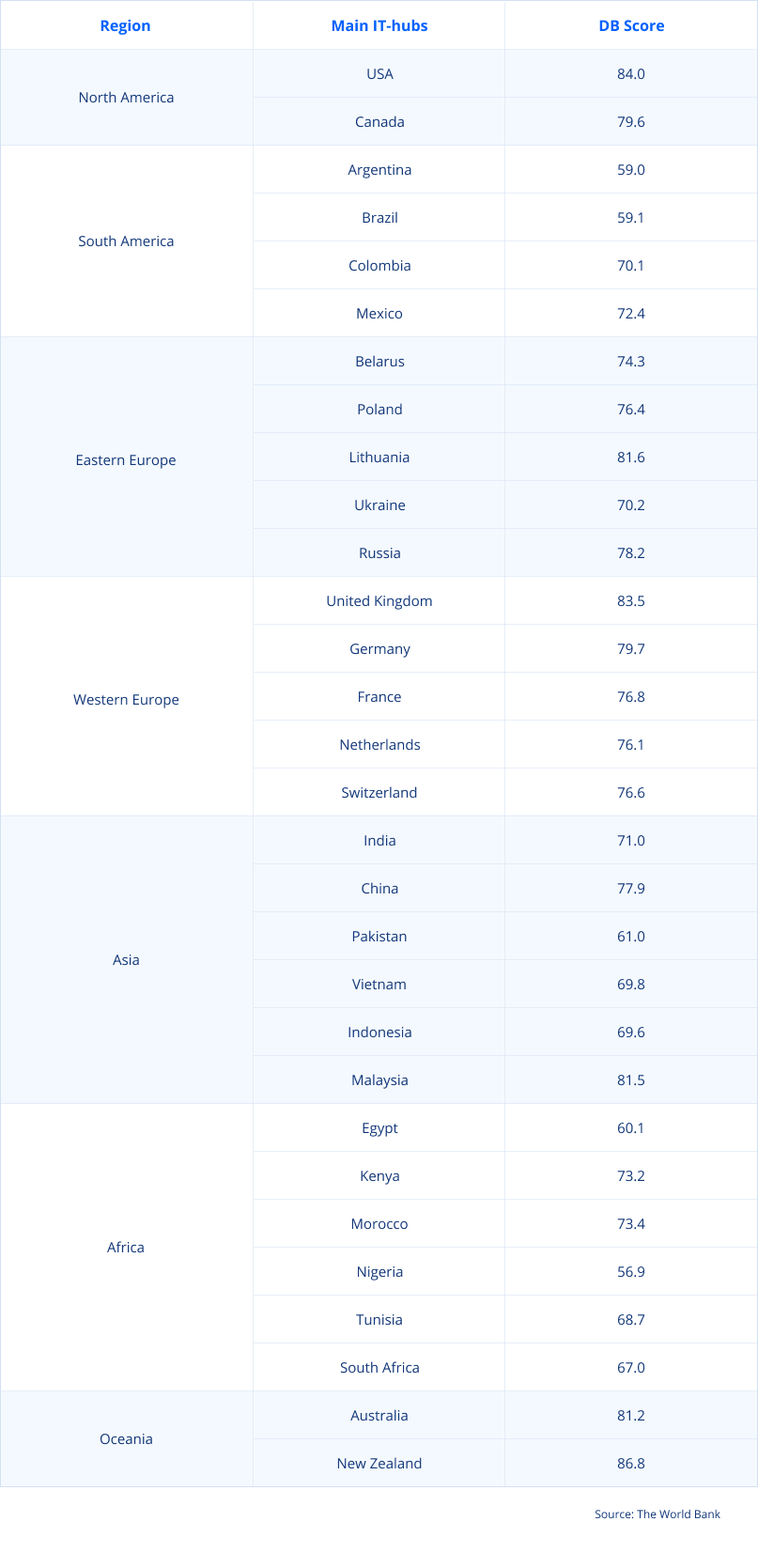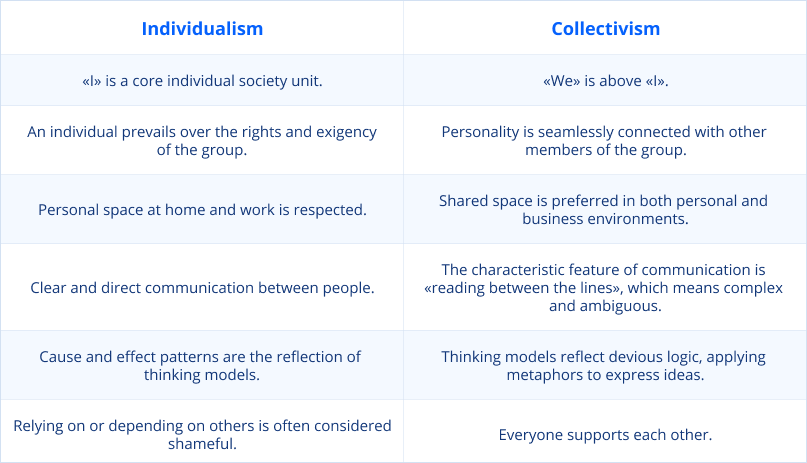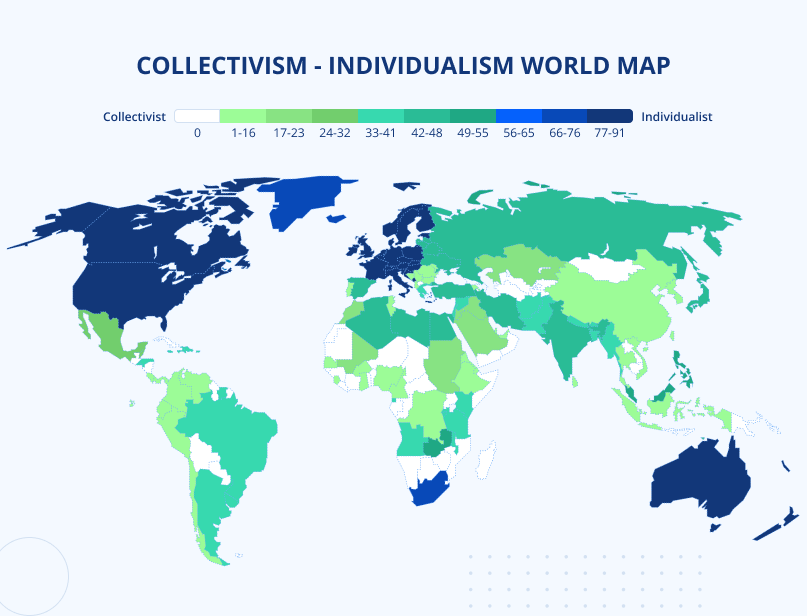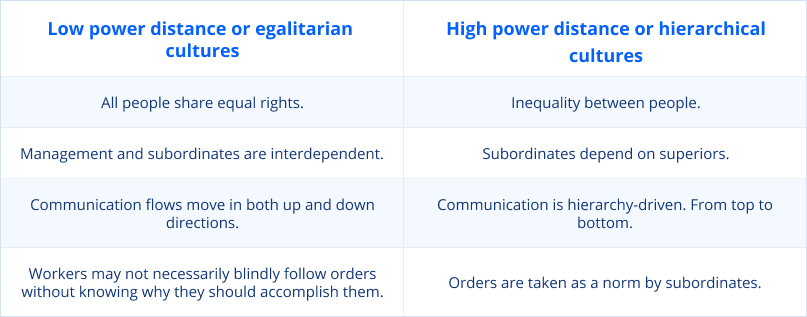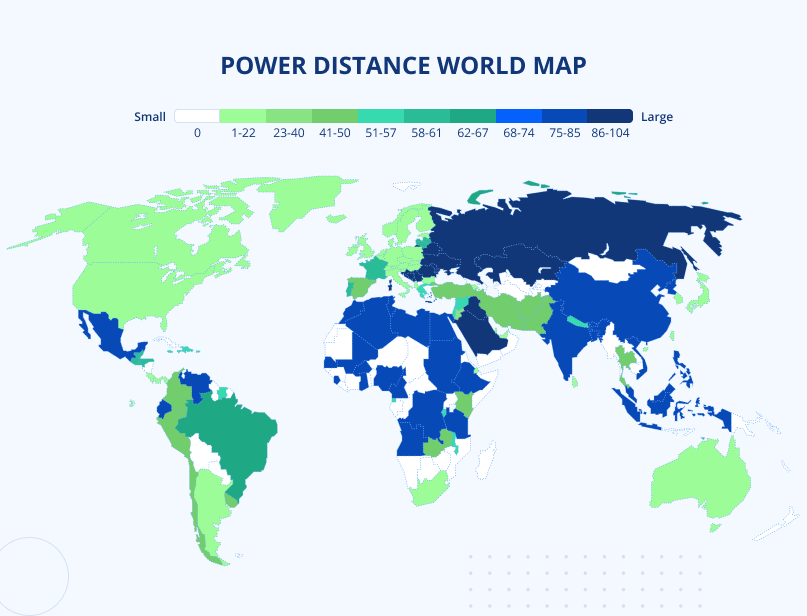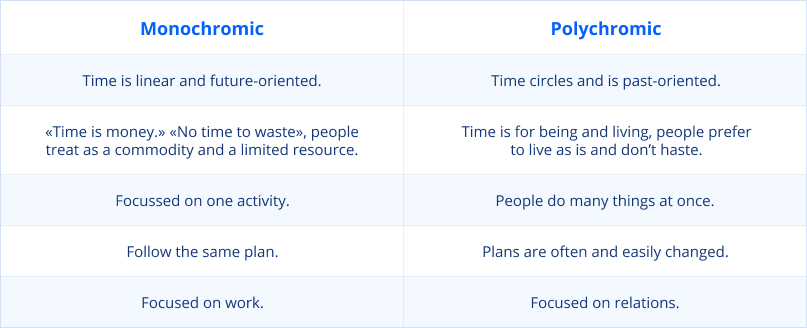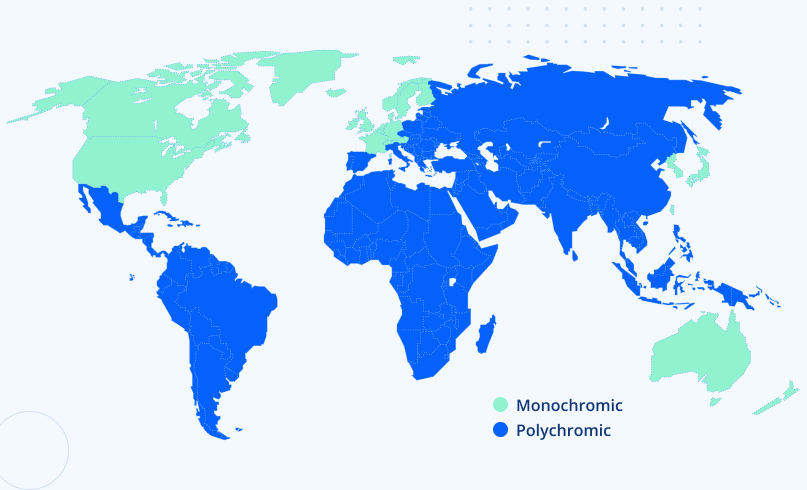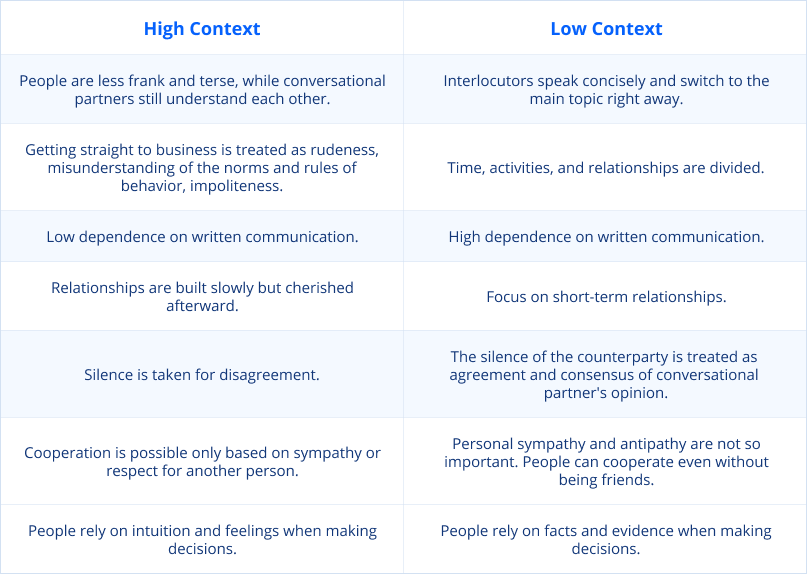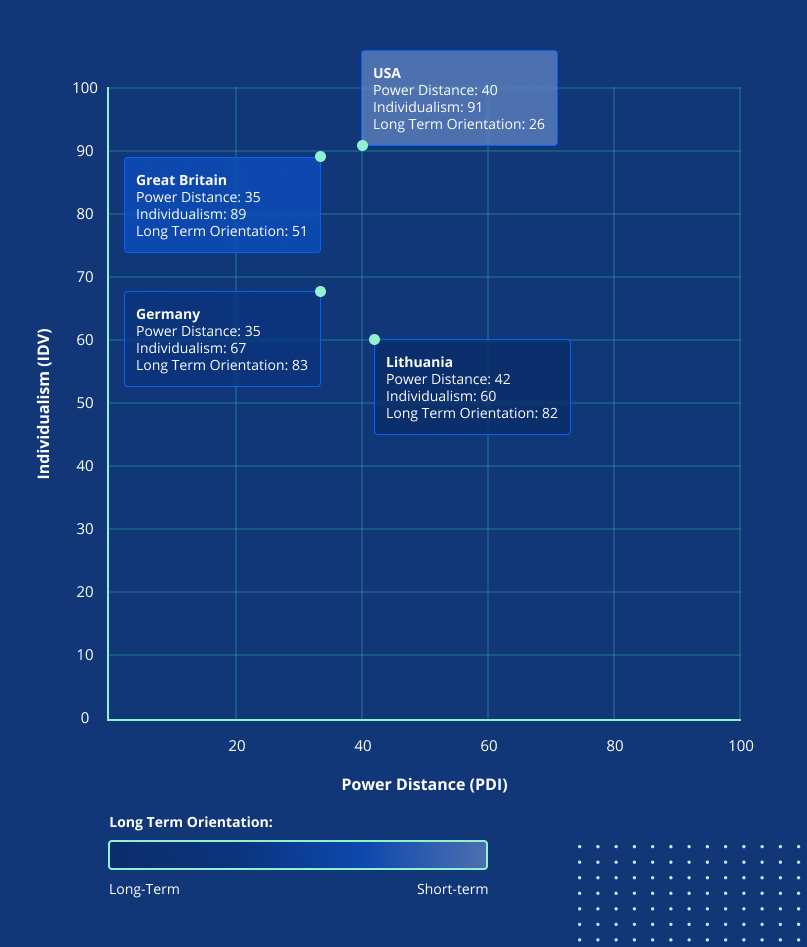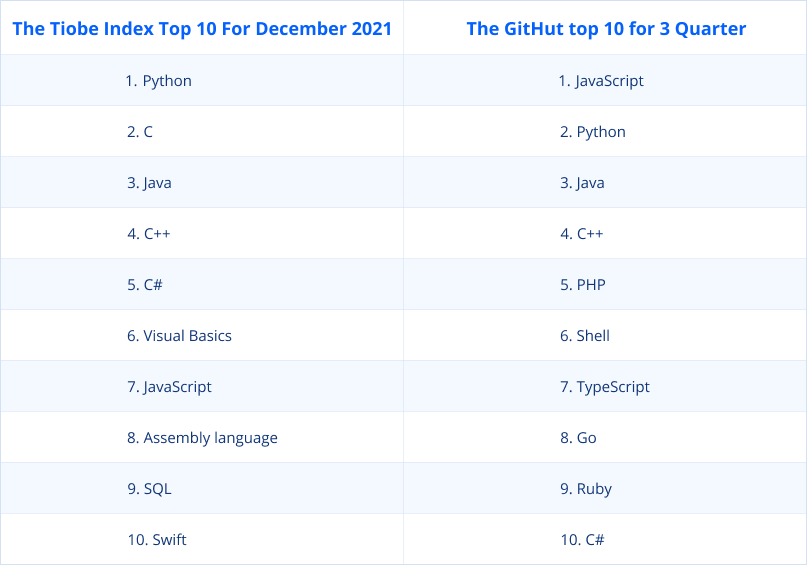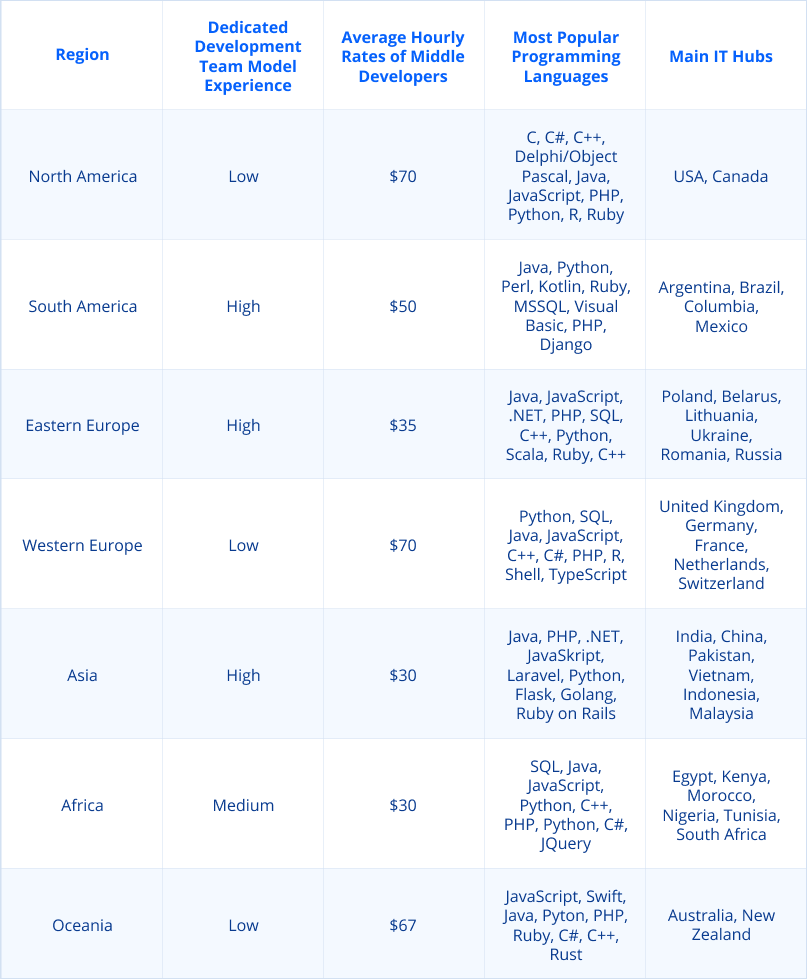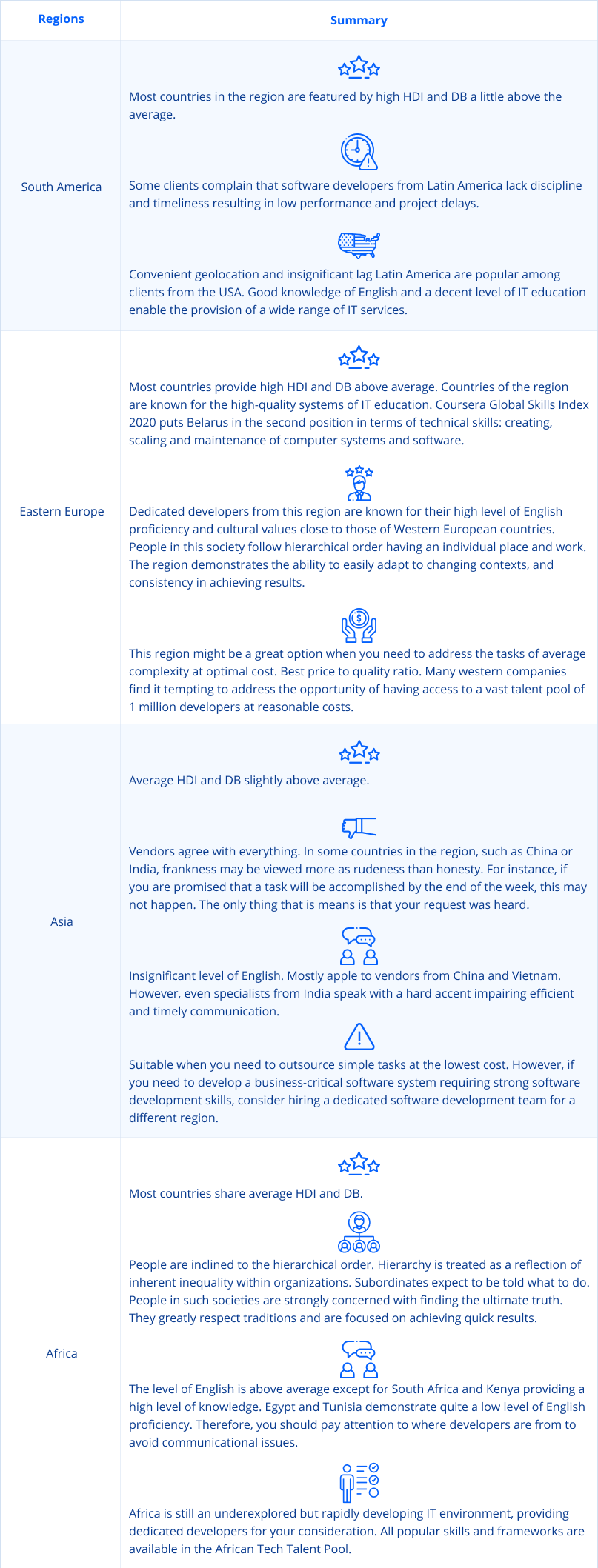Finding a reliable development team that can bring your ideas to life is not an easy task. The topic of this article is pervasive, so we divided it into two parts. In the first part, you will learn about the regions where the dedicated development team is hired. In the second part, you will learn all about developer recruitment platforms.
Critical parameters when shortlisting the best countries and regions for outsourcing software development:
- Human development and doing business ranking score
- Cultural Orientation
- English proficiency
- Software development skills, rates, and dedicated experience
Let’s cover all of the above in this article.
Location: Human Development and Doing Business Ranking Score
Human Development Index (HDI)
HDI—is the aggregate of human development.
These are important indicators when hiring since they provide the most detailed insights into the country’s health, education, and well-being.
The United Nations Development Program (UNDP) annually presents the Human Development Index (HDI) for 189 countries in their Human Development Report. The table below presents the regions and the main IT hubs of representatives:
Education Index
Ability to get good education in their home country is especially important for developers. We treat knowledge as the most significant of three basic HDI aspects. Education is undoubtedly a vital factor in development. Developing countries tend to offer their citizens a higher quality of education than the least developed countries.
Below you can see the Education Index demonstrating the level of education for each of the regions. Where 0.2 are countries with a low educational system index. And 0.8 countries with a high educational system index.
Particular attention should be paid to The World Bank data precisely about technological education. The resource provides data on science and technology graduates from 145 countries. You can choose any country you are interested in or several countries for comparison.
Business Climate
The business climate of any country is the foundation for business or technology ecosystem. Start from business climate index evaluation before deciding to do business in the country. It will provide insights into how easy your business relationship will be in the country and potential obstacles you might face.
We will split data by main IT hubs in the table below for better comprehension. Detailed status for a specific country can be bound by the World Bank’s Doing Business ranking, which evaluates the performance using a ranking system across 190 countries.
Cultural Orientation
Cultural differences can result in considerable communication barriers and often lead to misunderstandings. These factors can sequentially lead to undesired project outcomes. Every culture has distinct norms and rules. Ignorance or unawareness can cause impaired communication.
In most cases, cultural benchmarks are subconscious and not something taught. Therefore, communicating with representatives of a different culture might be quite problematic.
Cultural orientation is an inclination to think, feel, or act in a culturally determined way. It defines the foundations for differences among cultures, such as self-identity, interpersonal relationships, communication, conflict resolution, etc.
Finding ways to improve intercultural communication is vital to the success of your project.
We distinguish the four most critical cultural references to help you avoid cultural issues and choose the most appropriate region:
Individualism vs Collectivism (I, We)
People worldwide live in societies dominated by either individual or group interests. This aspect determines how people define themselves and their relationships with others. Thus, societies can be either individualistic or collectivist.
Power Distance (More equal than others)
Power Distance is alternatively called the “distance of communication” between the most influential and the least influential members of society. It describes how communication between people of different statuses is determined. Societies are defined as low power distance cultures or high power distance cultures.
Time Orientation (yesterday, now, or later)
Time orientation refers to how regions treat and value the given time and how assignments are being fulfilled. Temporal landmarks are divided into monochromic and polychromic.
High and Low Context
Edward Hall, an anthropologist, and researcher of intercultural relations, studied communication patterns worldwide and developed the concept of a behavior known as the low- and high-context communication process. The general terms “high context” and “low context” refer to the structure, background, and circumstances communication or event occur.
You might find it helpful to use Hofstede’s Country comparison graphs. Comparative diagrams allow the selection of country sets and 2-D visualization of various cultural dimensions. A diagram example is presented below:
Alternatively, you can refer to Hofstede Insight, which enables country selection and presentation of percental indicators with explanations.
Language Proficiency
Proficiency in English is a core skill required when hiring dedicated developers. English is considered an international business language. Over 1.4 billion people speak it, comprising 20% of the world’s population. Currently, clients can choose any specialist from any location in the world. However, considering IT service providers from a location where employees are not fluent in English might not be a worthy initiative. The moderate (A2) knowledge of English should be the minimal starting point to consider.
As per the EF English Proficiency Index countries and regions that have passed the test are split in five levels of English proficiency, from very high to very low. However, it is important to understand that the level of English proficiency indicates the average person’s level.
Technology Stack, Average Rates, and Dedicated Experience
The number of developers proficient in the most popular programming languages is another vital indicator when choosing the region selection.
Currently, TIOBE and GitHub provide an exhaustive list of the most popular programming languages worldwide.
- TIOBE ranks programming languages based on the number of:
1. Skilled engineers who work with them; 2.
Project requests;
3. Search engine requests: Google, Bing, Yahoo!, Wikipedia, Amazon, YouTube and Baidu. - GitHub 2.0 is a communication initiative by GitHub. GitHub is the largest code host, uniting over 40 million users worldwide. Analysis of how programming languages are used on GitHub provides an understanding of the most popular languages among the developers. Quantitative data used in GitHub 2.0 is collected from a GitHub archive dataset using Google BigQuery.
Below is a list of the Top 10 programming languages according to the web resources. The table might be handy for:
- checking if all programming skills are present in a particular region;
- understanding if remote developers are proficient in the required technology;
- making a strategic decision about which developers with which programming languages you are better off hiring.
There are strong developer communities for a variety of programming languages in different regions. In the table below you can find out the relevance of the above programming languages for a particular region. The table also demonstrates what languages companies typically require hiring dedicated developers. On top of that, the average hourly rates of developers are specified. Data collection methods include:
- Experience level of dedicated teams per region was determined by analyzing DDT platforms such as Clutch, Goodfirms, IT-firms.
- Average DDT rates calculations for all regions leveraging data provided by Upwork, Accelerance, SourceSeek, Glassdoor as well as comparison with data from the dedicated development vendors’ websites.
- Determination of most popular programming languages for regions leveraging Google Trends.
4 Best Regions to Outsource Software Development
Summarizing all the findings for the analyzed locations, we can define 4 regions with significant and high expertise of dedicated teams.




